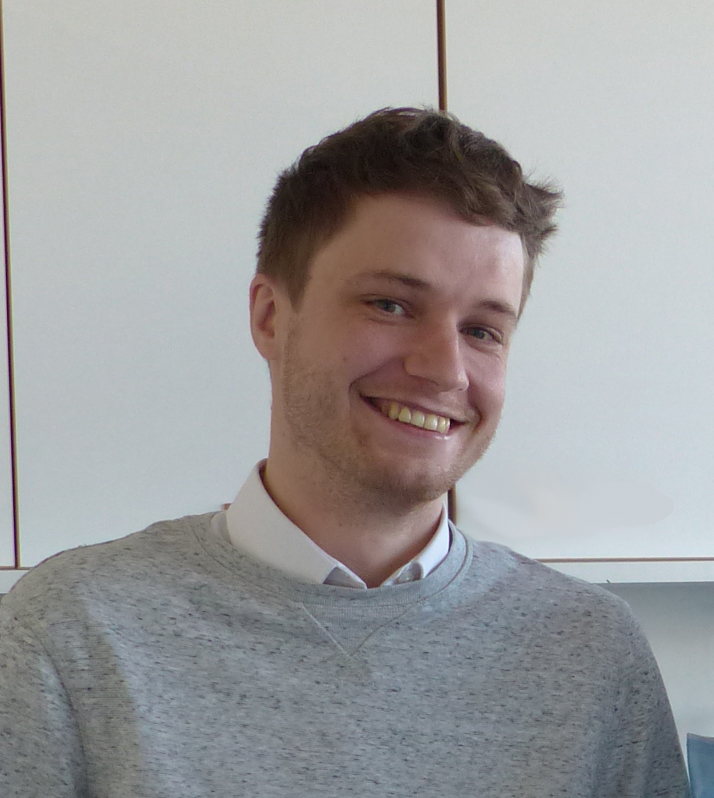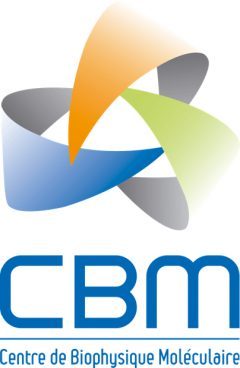Catégorie d'actualités: Events

Igor CHOURPA, Professor at the University of Tours and Deputy Director of the CNRS Centre de Biophysique Moléculaire will give a talk entitled ‘PAT for bioprocess: implementation of Raman probes and Chemometric modelling’. See the programme.
Igor Chourpa is also a member of the programming committee.
The France Bioproduction 2025 Congress is the annual meeting of bioproduction players organised by Polepharma and MEDICEN. This 9th edition aims to strengthen the biomanufacturing ecosystem by bringing together the main industrial, academic and institutional players to discuss the major issues of the future. Through its four key themes - news and challenges, accelerating biomanufacturing to better serve patients, the AI revolution, and exploring new production models for emerging biotherapies - the event aims to catalyse innovation and foster biomanufacturing synergies. It offers a unique platform for discussing trends (networking or B2B), sharing practical solutions and building a shared vision for the future. This strategic meeting is part of a collective drive to make France a European leader in biomanufacturing.
Anna Steward – An artist at CBM.
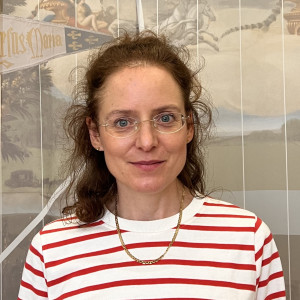
Biography
Anna Steward is a transdisciplinary multimedia artist blending performance, storytelling, installation, and scientific collaboration. After training at Arts Ed London in 2000, she worked as an actor in German and Austrian theatre and with an international theatre laboratory based in Poland. Since 2007, she has focused on Live Art projects exploring cultural and anthropological themes. Her 2014 performance GELD-Pilgerreise inspired the Swiss film Church of Money, featured in the German Federal Agency for Civic Education's media library.
Anna graduated with honours from the Academy of Fine Art Nuremberg in 2023 and is currrently a lecturer there. She has received prestigious scholarships, including from Künstlerhaus Lukas Ahrenshoop, the Maecenia Foundation Frankfurt, and the Bavarian State Ministry of Science and the Arts.
A deep-seated curiosity about what holds the world together has led her to explore scientific themes, primarily within microbiology and neurology, with a newfound passion for astrobiology.
In addition to her current collaboration with CBM Orléans, she is a visiting artist at the German Archaea Centre at the University of Regensburg.
Project
BioQuantum Record - Communicating with the Other
The BioQuantum Record is a speculative artistic project that reimagines how we might communicate with microbial life forms, challenging the human-centric concept of intelligence. It explores the idea that microbial collectives may be the most common form of life beyond Earth, and seeks ways to interact on a molecular level. As a post-Voyager concept, the BioQuantum Record is not just a passive artefact, but an interactive, living prototype that generates, receives, and responds to biological signals, offering a speculative exploration into how we might "speak" to microbial ecosystems. The sci-fi format blends playful design with real scientific findings, for creativity and the exploration of both real and fantastical concepts. This fusion results in a visually and conceptually stimulating object, where imaginative elements enhance the presentation of actual scientific discoveries, making complex ideas both accessible and engaging.
Lecture by Anna Steward on February 6, 2025 at 4 p.m.
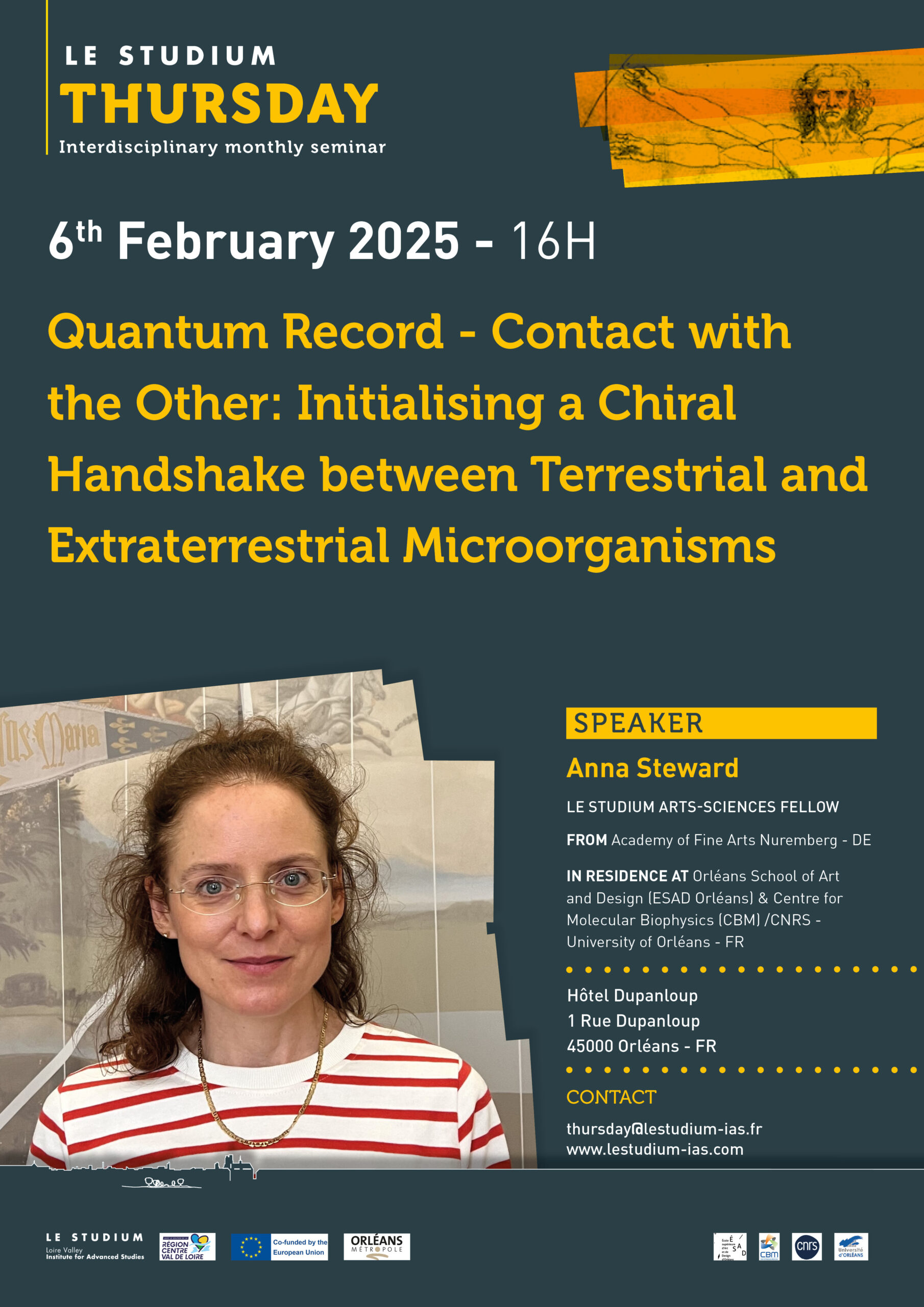
2 job offers open at CBM!

Collaboration with Béatrice Vallée, co-leader of the Team Cell Signaling and Neurofibromatosis

Bojan Žunar, assistant professor at the University of Zagreb Faculty of Food Technology and Biotechnology in the Laboratory for Biochemistry is visiting the team Cell Signaling and Neurofibromatosis for 2 months.
Bojan is well known at the CBM as he used to be a post-doc fellow in 2020-2021 in the same team.
Now, he is a group leader, and he was awarded a European Grant (https://croestro.eu/, NextGenerationUE), allowing him and members of his group to come to the CBM to perform experiments and to take advantage of Mo2Ving imaging facilities.
His fields of interest concern synthetic biology and yeast engineering in order to design humanized biosensors and innovative microbial factories for research, environmental and manufacturing purposes.
J.-M. Bonmatin co-organiser of the HOLIMITOX feedback day. Holimitox a network of 16 laboratories working on impacts of SDHI fungicides.
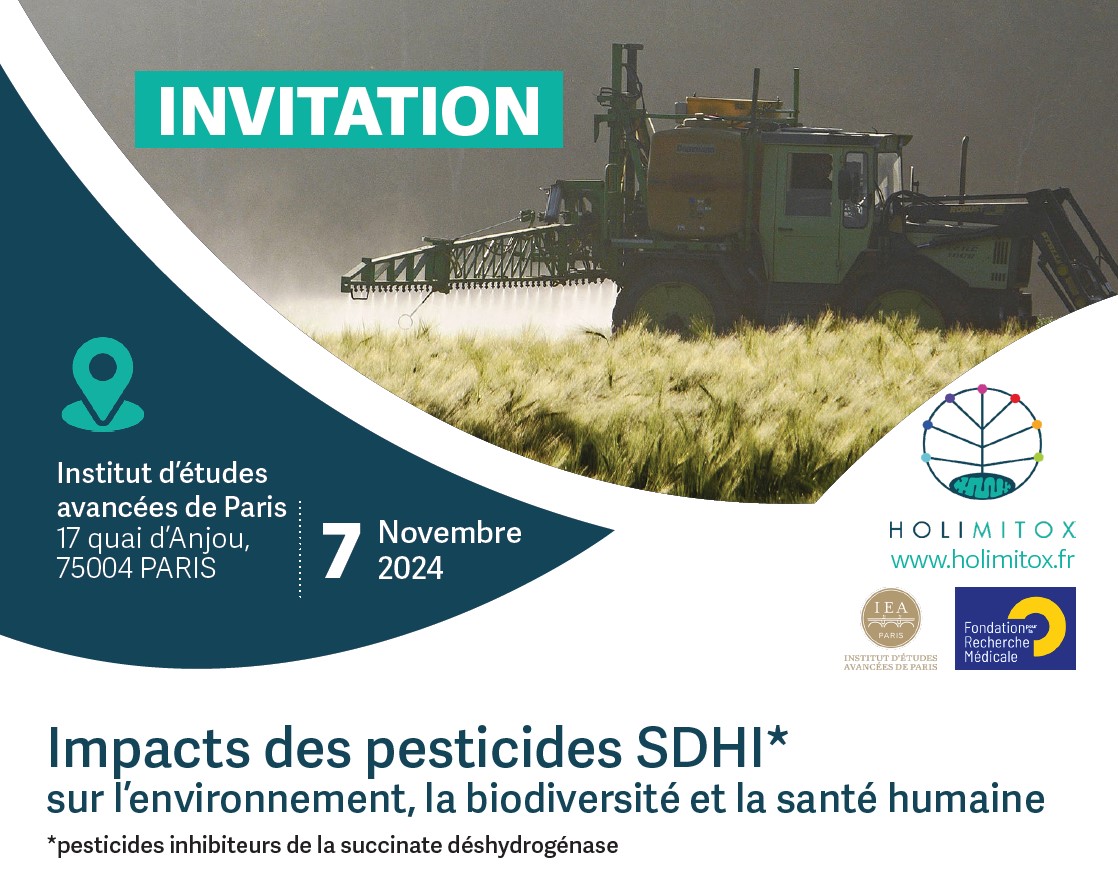
The report day of the Holimitox network (https://holimitox.fr/) was held on 7 November 2024 in Paris. The Holimitox interdisciplinary scientific network involves 16 national research laboratories, including the CBM, and has been working for four years on the impact of SDHI pesticides on the environment, biodiversity and health. Holimitox is financed solely by public funds or charitable foundations (>€2M).
The Institut d'Etudes Avancées de Paris hosted the event at the prestigious Hôtel de Lauzun on the Île Saint Louis. J.-M. Bonmatin, a member of the Holimitox Steering Committee, co-organised the two half-day events. The programme is available here. The morning was devoted to presenting the scientific results. The afternoon was devoted to putting these results into perspective within the broader issue of pesticides, this through three round-table discussions. All the stakeholders (parliamentarians, universities and research bodies, ministries (health, agriculture, ecology), ANSES, ANR, manufacturers, journalists, manufactures, NGOs, lawyers, charitable foundations, etc.) played to a full house.

Marcin Suskiewicz HDR defensis – 2024, November 28
